The Grass Is Greener: Learning from Other Countries
(A version of this post is published in Teachers College Record under Handan Xuebu: What We Can and Should Learn from Other Countries)
In Paris they just simply opened their eyes and stared when we spoke to them in French! We never did succeed in making those idiots understand their own language.
–Mark Twain
American policy makers and pundits are in love with some foreign education systems and are working hard to bring their policies and practices home. Others have national standards and a uniform curriculum, so should America (Chester E. Finn, Julian, & Petrilli, 2006). Students in China and India spend more time in schools, so should American children (Obama, 2009). Other countries use national exams to sort students, so should America (Tucker, 2011). Teachers in other countries receive more training in content, so should teachers in America (Tucker, 2011). “Teachers in Singapore are appraised annually” and “our current evaluation system is fundamentally broken,” so America must fix teacher evaluation and hold them accountable for raising student test scores (Duncan, 2010).
The infatuation with foreign education systems is fueled by a simple and compelling message loudly broadcast by political leaders, business tycoons, and think-tank-backed researchers: every element of American education is broken, obsolete, and in crisis (Gates, 2005) (Beck, 2009) (StudentsFirst.org, 2011), and other countries have got it all right. America’s decentralized local control system has been said to be chaotic, incoherent, discriminating, and wasteful whereas others with a centralized system that ensures consistency, efficiency, and equity. American teachers are complacent, unmotivated, and ill-prepared, while teachers in other countries are of “higher cognitive ability” (Auguste, Kihn, & Miller, 2010), better prepared (Tucker, 2011), and held to more rigorous accountability standards. Curriculum and textbooks in other countries are structured and well written. Students in other countries work harder. And parents in other countries care more about their children’s education.
In short, the argument goes, to save America, to retain America’s preeminence in the world, to ensure America’s global competitiveness, we must dismantle America’s education system and import policies and practices from other countries.
Some degree of hyperbole is understandable when a strong message needs to be sent, but the actual policy and practice proposals put forward do indeed show that America is aggressively replacing its education traditions with foreign imports. Before we complete the journey to greener pastures, it is prudent to ask a few questions that hopefully can stimulate some second thoughts about this migration.
Is the Grass Greener on the Side of the Ocean?
American’s love affair with education systems in other countries, ironically, stems from its fear of others. In the 1950s, the former Soviet Union scared Americans with the launch of Sputnik, the first man-made satellite, and resulted in the National Defense Education Act (NDEA). In the 1980s, the Japanese scared Americans with their automobiles and resulted in A Nation at Risk. In the 1990s, East Asian countries such as Singapore and South Korea scared Americans with their stellar performance in math and science in the Third International Mathematics and Science Study (TIMSS) and accelerated the standards movement. In the 21st Century, China and India began to scare Americans. Most recently, China’s top ranking on the PISA was called another Sputnik moment.
It is one thing to be vigilant, to constantly and continuously evaluate and improve, and to learn from others. It is another to panic, to act out of fear, and to blindly glorify others. Evidence suggests that the supposedly greener education pastures of other countries are largely an illusion.
The Soviet Union, which was said to have a superior education (Wilson, 1958), has now become former. Japan, which supposedly had a leading “learning gap” ahead of the U.S. (Stevenson & Stigler, 2006), has been undergoing a decade of slow growth and recently been replaced by China as the world’s second largest economy. And Singapore, South Korea, Japan, and China have since the 1990s been diligent students of American education, launching reforms to emulate what America is eager to throw away (Zhao, 2009).
Why?
The belief that education in certain other countries is superior has mostly started with and reinforced by a myopic perspective of what constitutes high quality education. This perspective easily leads to the tendency to quickly jump to the conclusion that when a country rises economically (in the case of Japan and China) or militarily (in the case of the Soviet Union), it must have an excellent education system. The same perspective also leads to the conclusion that high test scores indicate educational excellence. As a result, observers rushed to Russia, Japan, China, Singapore, Finland, and Korea to search for their secrets to educational excellence and of course found what they wanted to find: standardized curriculum, focus on academic subjects that “matter,” teachers prepared and incentivized to deliver the prescribed subjects efficiently, and well-disciplined students devoted to mastering the prescribed content, with parental support.
But the linkage between economic growth and education is neither linear nor unidirectional. Economic growth can both benefit from and benefit education. Test scores on international standardized assessment in a few subjects are not necessarily valid or accurate measures of the quality of education and are certainly not great predictors of a nation’s prosperity. American students have a long history of poor performance on international assessments (Zhao, 2011), always showing at the bottom since the First International Mathematics Study in the 1960’s. But President Obama said in his 2011 State of the Union speech:
America still has the largest, most prosperous economy in the world. No workers — no workers are more productive than ours. No country has more successful companies, or grants more patents to inventors and entrepreneurs. We’re the home to the world’s best colleges and universities, where more students come to study than any place on Earth.
Since the poor American test takers on the First, Second, and Third international and mathematic studies have apparently not ruined America’s economic and innovation records, and other high scorers have not taken over, we should seriously ask the question: is grass on the side of the ocean really greener?
Perhaps instead of defining a “high-performing national education system as one in which students’ achievement at the top is world class, the lowest performing students perform not much lower than their top-performing students, and the system produces these results at a cost well below the top spenders” (Tucker, 2011, p. 4), we need to look beyond students’ achievement, i.e. test scores, for qualities that are not easily measured such as independent and creative thinking, entrepreneurship, talent diversity, and emotional well-being? (Wadhwa, 2011; Zhao, 2009) Measuring these qualities may show that “U.S. schools are still ahead—way ahead,” as Wadhwa recently wrote in Business Week (Wadhwa, 2011).
Are “happy families all alike?”
Those enamored with foreign education systems seem to have taken Leo Tolstoy’s opening line of Anna Karenina too seriously and forgotten the second part: “every unhappy family is unhappy in its own way.” They attempt to extract some universal factors of the “happy families” or “high achieving education system” and apply them to the unhappy American education. For example, the recently released paper by Marc Tucker of the National Center for Education and the Economy (NCEE) tries to develop an agenda for American education reform by “standing on the shoulders of giants,” that is education giants—countries with high test scores on the PISA. “This paper is the answer to a question: What would the education policies and practices of the United States be if they were based on the policies and practices of the countries that now lead the world in student performance” (Tucker, 2011)? Earlier McKinsey and Company tried to do the same with How the World’s Best-Performing School Systems Come out on Top (McKinsey & Company, 2007).
There are at least two problems with this view. First, there are really no completely happy families all the time. The educational systems with high scores all have their own problems and challenges. The Asian systems are struggling to liberate their students from a test-driven education so they can be more creative, entrepreneurial, confident, and critical thinkers (Ho, 2003; OECD, 2011; Tan & Gopinathan, 2000; Tucker, 2011; Zhao, 2009). Finland faces challenges of how to educate an increasingly culturally and ethnically diverse population (Sunnari & Rasanen, 2000; Talib & Hosoya, 2007) and address the achievement gaps between girls and boys as well as Swedish speaking students and Finnish speaking students (Chung, 2009).
Of course, a system does not have to be perfect to offer something we can learn but then here is the second problem: “happy families” are not really alike. What works for one system does not necessarily work for others. The McKinsey report discovers the “secrets” in the “black box” that leads to success:
- The quality of an education system cannot exceed the quality of its teachers;
- The only way to improve outcome is to improve instruction;
- High performance requires every child to succeed. (McKinsey & Company, 2007)
Tucker’s analysis of the giants resulted in a much longer list that includes clear goals and expectations, high quality teachers, high quality principals, exams and incentives for students, sorting students using external exams, access to high-quality education for all students, accountability and autonomy.
Not exactly a list of earth-shattering findings that would give me the a-hah moment. These generic abstractions disguise the real differences in policies and practices of the high-achieving systems. “There are few things that all of the most successful countries do,” admits Tucker, and “[I]n fact, examples of excellent practice in almost every arena of importance can be found in the United States” (Tucker, 2011, p. 2).
To be fair, both the Tucker and the McKinsey papers attempt to describe how these abstracted factors are differently realized in each educational context, but that is precisely my point. Not all happy families are alike, at least not in terms of what made them happy. Finland’s success may come from high-quality teachers and teaching, local autonomy, and an egalitarian and homogenous society, while East Asian systems succeed from a meritocratic centralized system that places high stakes on test scores, which the Finns reject (Chung, 2009). Perhaps what is truly common across the high performers on the PISA is their small geographical size and relatively homogenous population, when compared to the United States.
What makes one happy can also be the cause of unhappiness. For instance, Finland’s egalitarian approach has caused concerns about not offering enough opportunities for the gifted and talented students (Chung, 2009). Its cultural homogeneity is the source of challenges for educating culturally diverse students (Sunnari & Rasanen, 2000; Talib & Hosoya, 2007). And in Asia, the exclusive focus on testing scores and devotion to a few academic subjects are the sources of frustration over a lack of creativity and innovative talents. These countries are not celebrating what their students have learned, but are concerned what has been excluded. In Strong Performers and Successful Reformers in Education: Lessons from PISA for the United States, OECD writes about the #1 PISA scorer, Shanghai-China:
Compared with other societies, young people in Shanghai may be much more immersed in learning in the broadest sense of the term. The logical conclusion is that they learn more, even though what they learn and how they learn are subjects of constant debate. Critics see young people as being “fed” learning because they are seldom left on their own to learn in a way of their choice. They have little direct encounters with nature, for example, and little experience with society either. While they have learned a lot, they may not have learned how to learn. (OECD, 2011, p. 93).
Handan Xuebu: What and How to Learn from Other Countries?
I am not opposed to learning from other nations. In fact, I have been a strong advocate for global educational exchanges and learning from each other. But I am opposed to handan xuebu, a Chinese tale that tells of a young man who has no confidence in himself, even his own way of walking, and decides to go to Handan to imitate its style of walking but eventually forgets how to walk.
American education has many problems, but to paraphrase Sir Winston Churchill, it is the worst form of education except for all others that have been tried. The decentralized system with local governance is a fundamentally sound framework that has evolved within the American contexts, that has led to America’s economic prosperity and scientific preeminence so far, and that is being studied and copied by others. There are merits and strengths that cannot be ignored. Even today, after decades of aggressive assault and bashing, 34% of the Americans still have “A Great Deal” or “Quiet a Lot” of confidence in American public schools, with another 38% having some confidence, according to a recent Gallup poll (Jones, 2011). The figure is not great, but compared to the 37% in the Supreme Court, 35% in the Presidency, 19% in big business, and 12% in Congress, it definitely does not deserve to be called broken, obsolete, and have imposed upon it a complete overhaul unless such terms and actions are similarly applied to the U.S. democracy.
Thus what we can and should learn from other countries should not be attempts that destroy America’s traditional strengths—a broad definition of education, a broad and well-rounded curriculum, decentralized decision making, autonomy for local communities and teachers, a philosophy that celebrates diversity, respects individual differences, and values deviation. When we learn, we should not only learn what others do, but also what others don’t or do not want to do. We should not only superficially look at what policies and practices work in other countries, but also deeply examine what contextual factors (cultural, economical, societal, and traditional) made them work. We should not only look at the positive outcomes, but also the trade-offs.
In terms of how to learn, it would make much more sense and impact to engage educators, local school leaders, students, and parents in global exchanges than having governments or think-tanks to come up with what America should learn from others. A distributed global learning network of teachers, students, school leaders, and parents can truly help move education forward because these are the people who deal with concrete problems, face daily challenges, and thus know what they can borrow and what they can contribute to others. And with today’s technology, the masses can engage in their global exchanges without the filtering of the so-called experts. The government just needs to grant the autonomy, creates the opportunity, and provide the support.
References
Auguste, B., Kihn, P., & Miller, M. (2010). Closing the talent gap: Attracting and retaining top-third graduates to careers in teaching: An international and market research-based perspective. London: McKinsey & Company.
Beck, G. (2009, April 17). Education in America is Broken. Retrieved July 30, 2011, from http://www.foxnews.com/story/0,2933,517019,00.html
Chester E. Finn, J., Julian, L., & Petrilli, M. J. (2006). To Dream the Impossible Dream: Four Approaches to National Standards and Tests for America’s Schools. Washington, DC: Thomas B. Fordham Foundation.
Chung, J. (2009). An Investigation of Reasons for Finland’s Success in Programme for International Student Assessment. Oxford University, Oxford, UK.
Duncan, A. (2010, August 25). Secretary Arne Duncan’s Remarks at the Statehouse Convention Center in Little Rock, Arkansas. Retrieved July 30, 2011, from http://www.ed.gov/news/speeches/secretary-arne-duncans-remarks-statehouse-convention-center-little-rock-arkansas
Gates, B. (2005, February 26, 2005). Prepared Remarks by Bill Gates at the National Education Summit on High Schools. Retrieved March 1st, 2008, from http://www.gatesfoundation.org/speeches-commentary/Pages/bill-gates-2005-national-education-summit.aspx
Ho, E. S.-c. (2003). Students’ Self-Esteem in an Asian Educational System: Contribution of Parental Involvement and Parental Investment The School Community Journal, 13(1), 65-84.
Jones, J. M. (2011, June 23). Americans Most Confident in Military, Least in Congress: Confidence in most institutions below their historical average. Retrieved July 30, 2011, from http://www.gallup.com/poll/148163/Americans-Confident-Military-Least-Congress.aspx
McKinsey & Company, I. (2007). How the World’s Best-Performing School Sysytems Come out on Top. London: McKinsey & Company.
Obama, B. (2009, March 10). President Obama’s Remarks to the Hispanic Chamber of Commerce. Retrieved May 19, 2009, from http://www.nytimes.com/2009/03/10/us/politics/10text-obama.html
OECD. (2011). Strong Performers and Successful Reformers in Education: Lessons from PISA for the United States. Paris: OECD.
Stevenson, H. W., & Stigler, J. W. (2006). The Learning Gap: Why Our Schools Are Failing and What We Can Learn from Japanese and Chinese Education. New York: Simon & Schuster.
StudentsFirst.org. (2011, January 10). America’s Education System is Broken. Today We Release our Plan to Begin Fixing It. Retrieved July 30, 2011, from http://www.studentsfirst.org/blog/entry/america-education-system-is-broken-today-we-release-our-plan-to-begin-fix#
Sunnari, V., & Rasanen, R. (Eds.). (2000). Ethical Challenges for Teacher Education and Teaching: Special focus on gender and multicultural issues. Oulun Yliopisto, Oulu: University of Oulu Press.
Talib, M. j., & Hosoya, S. (2007). Excellence in Education and Challenges for Diversity in Japan and Finland. Nature-people-society:Science and the humanities, 43, 23-44.
Tan, J., & Gopinathan, S. (2000). Education Reform in Singapore: Towards Greater Creativity and Innovation? NIRA Review(6), 5-10.
Tucker, M. S. (2011). Standing on the Shoulders of Giants: An American Agenda for Education Reform. Washington DC: National Center Education and the Economy.
Wadhwa, V. (2011, January 12). U.S. Schools Are Still Ahead—Way Ahead. Business Week.
Wilson, S. (1958, March 24). It’s Time to Close Our Carnival. Life, 36-37.
Zhao, Y. (2009). Catching Up or Leading the Way: American Education in the Age of Globalization. Alexandria, VA: ASCD.
Zhao, Y. (2011, January 30). It Makes No Sense: Puzzling over Obama’s State of the Union Speech. Retrieved July 30, 2011, from http://zhaolearning.com/2011/01/30/%E2%80%9Cit-makes-no-sense%E2%80%9D-puzzling-over-obama%E2%80%99s-state-of-the-union-speech/

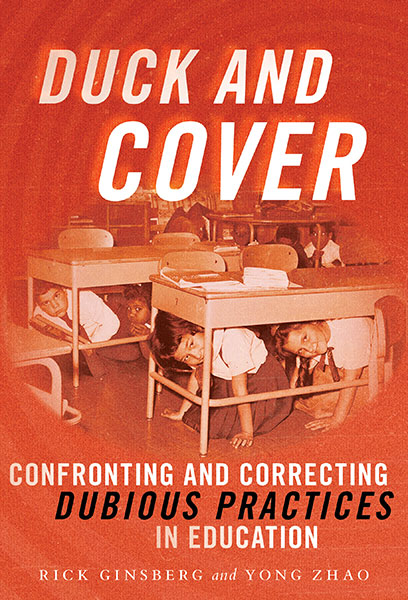
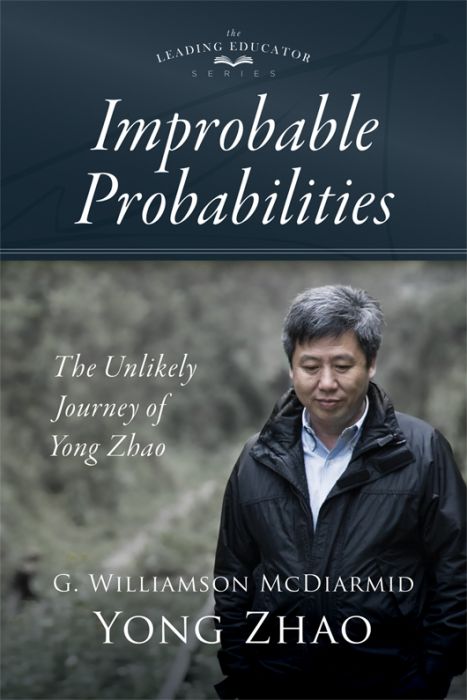
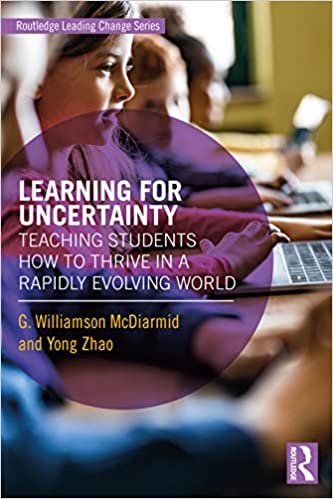
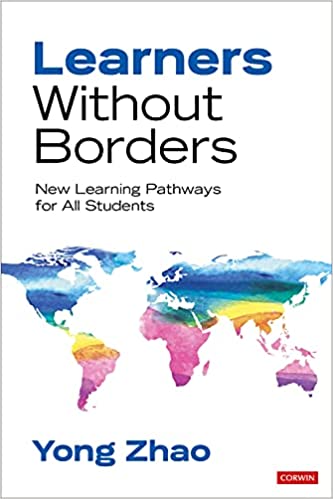



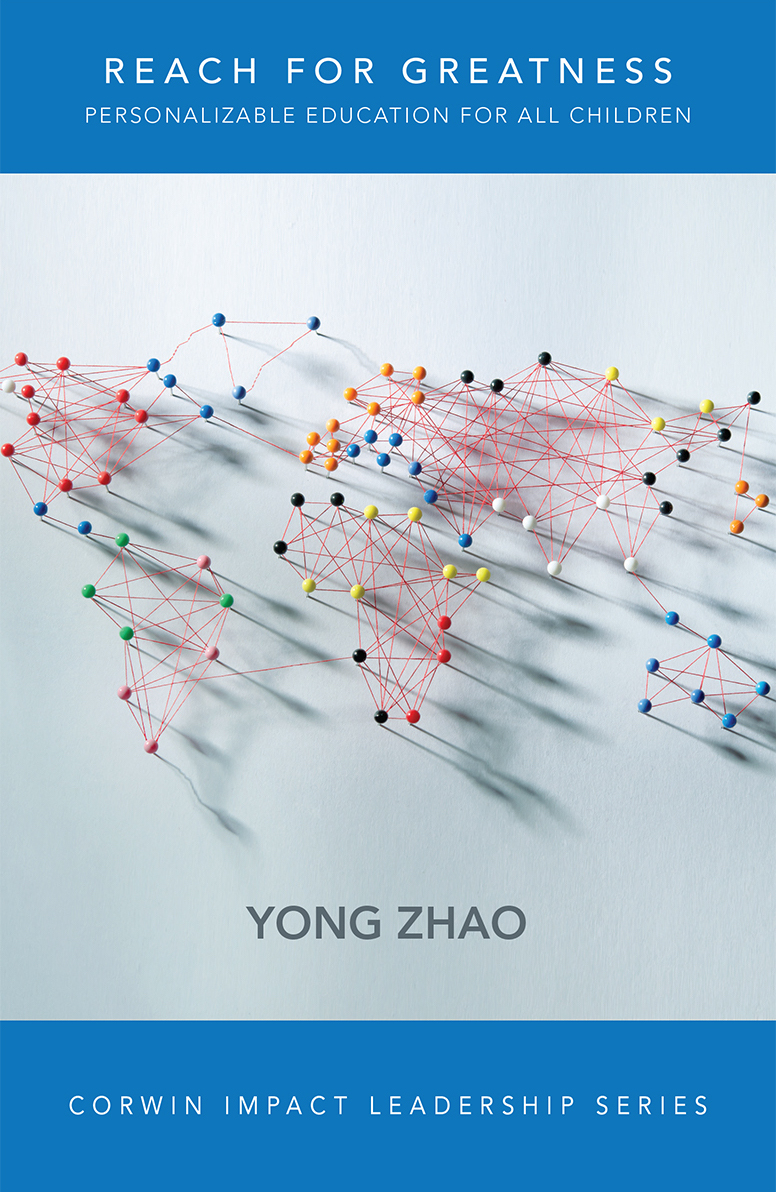
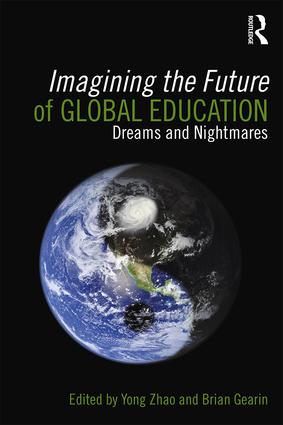
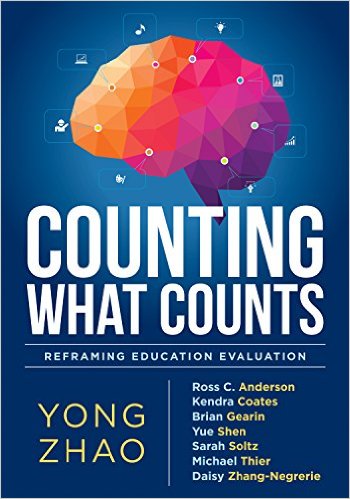
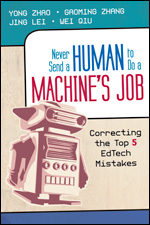
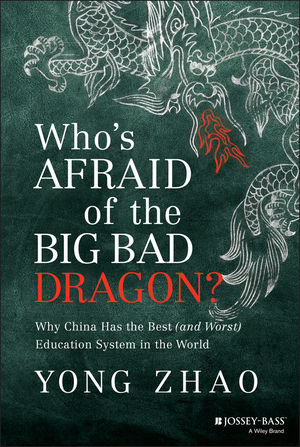
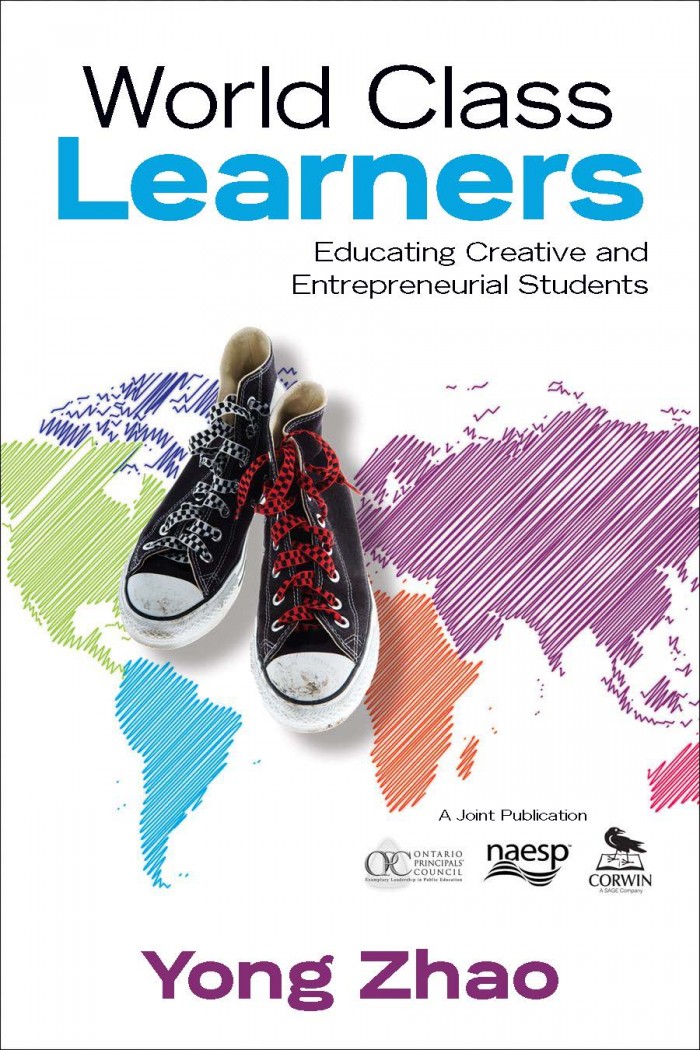

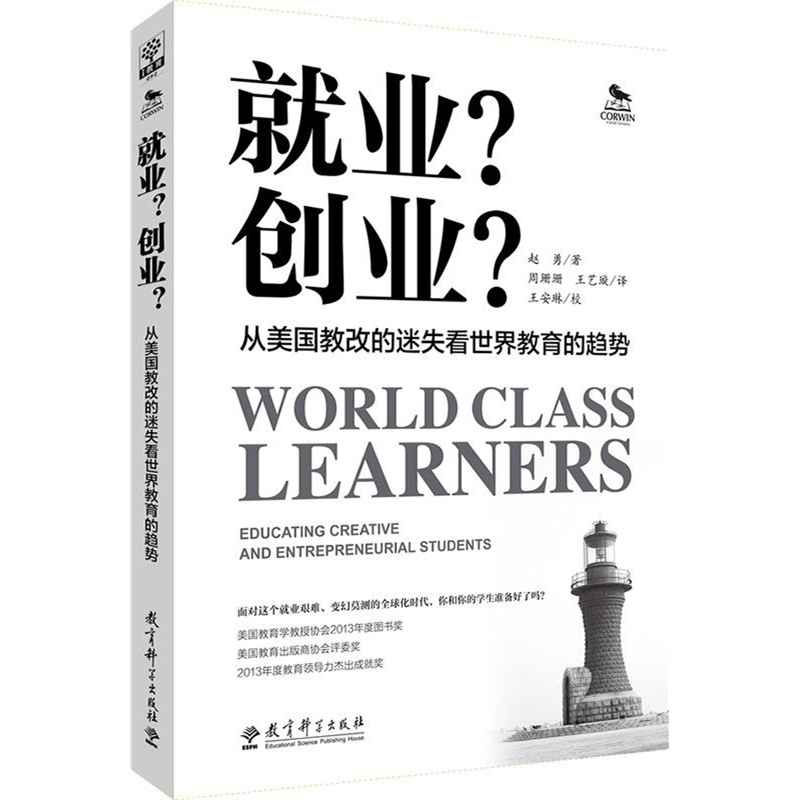











Your ideas make so much sense, and you can support each of them with great research. I am particularly interested in your points about local autonomy. In Michigan, the voice for consolidation of schools is growing stronger. When I look at states that have county level school systems, I do not see greater achievement. It is interesting that the feeling of bigger will be better for administration is being pushed, but in big systems like Detroit, educators are trying to make schooling smaller by breaking apart big schools so students get a more personal touch. In small districts it seems that parent satisfaction with the schools is greater.
I am hopeful as more people begin to realize the work of the education “deformers” is not good for America’s kids there will be enough pushback to get things on a better track.
Jan
[…] The Grass Is Greener: Learning from Other Countries is by Yong Zhao. […]
[…] The Grass Is Greener: Learning from Other Countries is by Yong Zhao. I’m adding it to The Best Sites For Getting Some Perspective On International Test Comparison Demagoguery. […]
Your articles are so critical. When I am reading this article, I feel that “Yes! That it is!” Besides, not only the countries always want to imitate others, so are individuals.
[…] or better than ours, and their students do so well on PISA and TIMSS international tests. As Zhoa writes in his blog post entitled The Grass is Greener: Learning from Other Countries: The belief that […]
Music teachers (I a one) hate NCLB and hate the idea that the “important” stuff is the stuff on which the students will be tested. Pretty soon, there won’t be any art, music, theater, dance in schools because (as Einstein is quoted in Mr. Zhao’s book) what can be counted sometimes doesn’t matter and what can’t be counted matters a lot.
I don’t know what the dollar figure is on the USA’s exports of film and music amounts to, but it’s safe to say that the rest of the world sure doesn’t mind watching US movies and listening to US music, both exports that are highly creative and absolutely uniquely American.
And we want to take that away so that our kids can score like Finland and Singapore and China and Japan on standardized tests?!
Are we sure that’s the way forward?
[…] really need? According to some arguably brilliant people (Tony Wagner, for instance … or Yong Zhao), our students need to become autonomous, imaginative, confident, articulate, creative, passionate, […]
[…] Every time international test score from PISA or TIMSS are released, American students score near the middle, and politicians and think tank experts use this data to show how far behind the U.S. is compared to other countries, especially in mathematics and science. I say this preposterous, and so does Yong Zhao, Presidential Chair and Associate Dean for Global Education, University of Oregon. He analyzes American education in the context of comparing American education to the education in other countries, especially China in his book Catching Up or Leading the Way: American Education in the Age of Globalization. He suggests that reform proponents, business executives and politicians have misjudged American education, and have convinced themselves that The Grass is Greener in other countries. […]
Reading through this blog, I was shocked that America is trying to conform to other countries education systems. As a country we have been going through this for decades and it never seems to help. I do think we need to look at other countries and adopt some skills that they teach, but adopting their entire system is crazy. If politicians would try and teach for one day, they would see that we have a great education system that creates the best thinkers in the world.
I really enjoyed reading this article. It is interesting how American politicians have been comparing our educational system to foreign countries as early as the 1960s such as President Wilson and the Soviet Union, and most of these countries are no longer thriving or have since adopted American Education methods. Also, the fact that we have never been outstanding test takers is not surprising, but why is it all of a sudden so important? If America has the most innovative, successful, creative thinkers and economy, then why try to change what we’re doing for test scores?
[…] students do so well on PISA and TIMSS international tests. As Zhoa writes in his blog post entitled The Grass is Greener: Learning from Other Countries: The belief that education in certain other countries is superior has mostly started with and […]